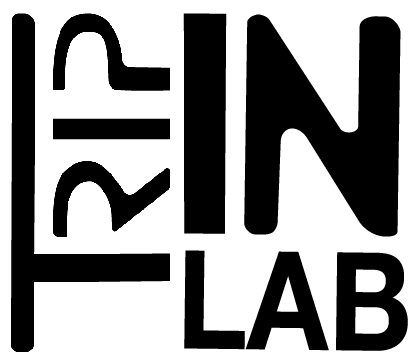documentation
multidelay

The polyphony of the voices of the multidelay transposes the principle of the delay by offering a very wide variety of sound transformations and generations. It allows you to obtain classic effects such as multiple delays or echoes, reverberation and phase shifting, or complex filtering effects when the delays are very close to each other. The sources can be moved along a reference trajectory in a reproducible manner. The speed of movement of the sources can be controlled by the intensity of the input signal.
With this polyphonic architecture superimposing multiple voices, the feedback, parameter of reinjection of the sound delayed in the input of the delay line, loses its interest. However, it becomes interesting again when associated with a harmonizer, creating continuous transpositions of the signal. However, for a non-transposed signal, feedback is a delicate setting which can quickly generate a complex signal more akin to the reflections of a reverb algorithm.
This processing has the particularity of combining within the same parametric interface, the control of delay lines, transposition, proliferation by feedback loop and a control of the polyphonic spatial distribution. The functionalities of multidelay can be reduced to three combinatorial categories.

From a mono audio input, the signal is duplicated on a number of parallel voices defined by the user. Each voice has a delay module with a variable delay from 0 to 8 seconds. Depending on the power of the processor, up to 128 simultaneous delays are possible.
Each delay voice is controlled independently of each other. The variable parameters are: delay time, volume, feedback (re-injection volume), pitch and panning. A filter applied to the feedback loop allows to color and attenuate the re-injected signal at each iteration in the filtered frequency band.
The feedback circuit is independent for each voice. This particularity offers an original richness of texture. However, the processor cost is high as soon as the number of voices is important, generally higher than 50.
Multidelay duplicates an audio signal with a time shift of each of its channels, from milliseconds to minutes. On relatively short time scales, it is possible to obtain effects similar to a kind of spatial granulation. Short sounds with a strong attack lend themselves well to this effect.
The control of the sound transformations allowed by the delay is simpler and more flexible than conventional sound granulation random playback processes (Curtis Road, Barry Truax etc…) and allows the same type of application by chipping audio fragments. The main difference lies in the use of delay lines rather than a buffer in circular recording. This type of processing is therefore more adapted to the processing of a sound source captured in real time, whereas classic sound granulation is more adapted to the playback and processing of sound samples.
The granulation of the multidelay is thus a polyphonic effect allowing harmonic doubling effects of the voices and rhythmic games, but in a more constrained sound domain (variation of the order of a few milliseconds (20 to 1000ms) according to the number of parallel voices.
